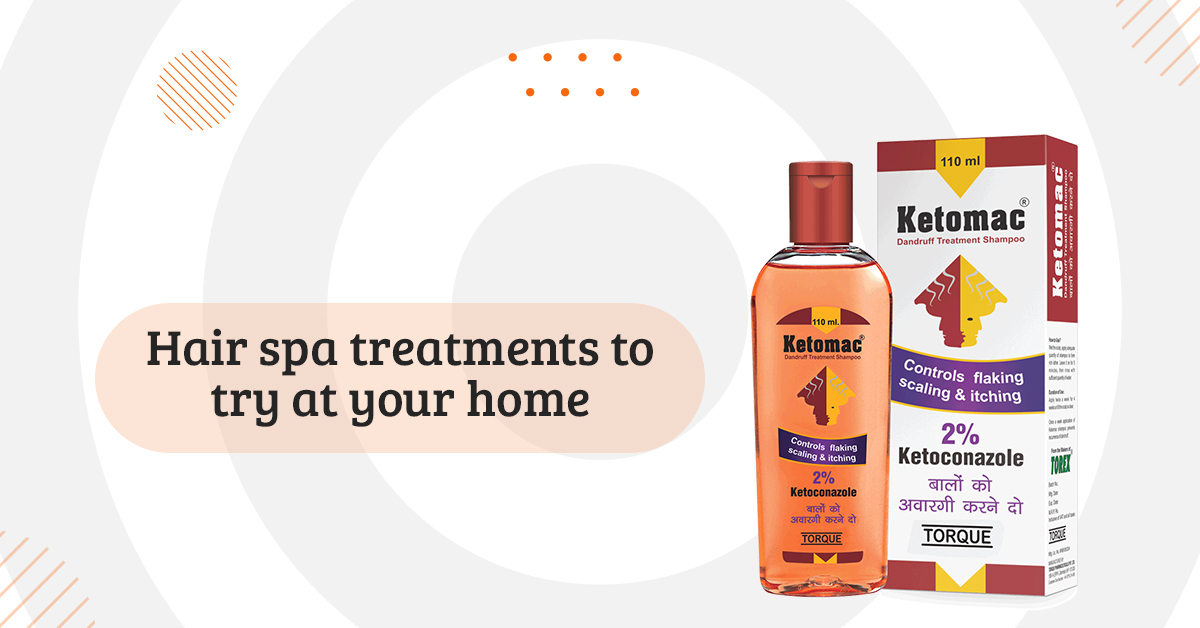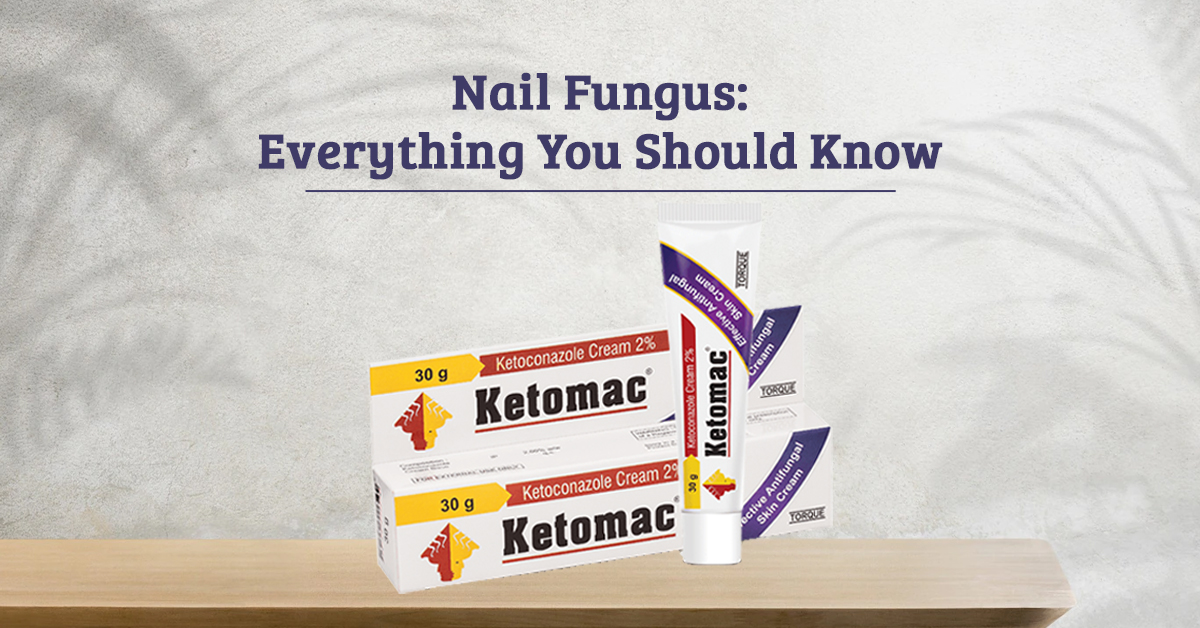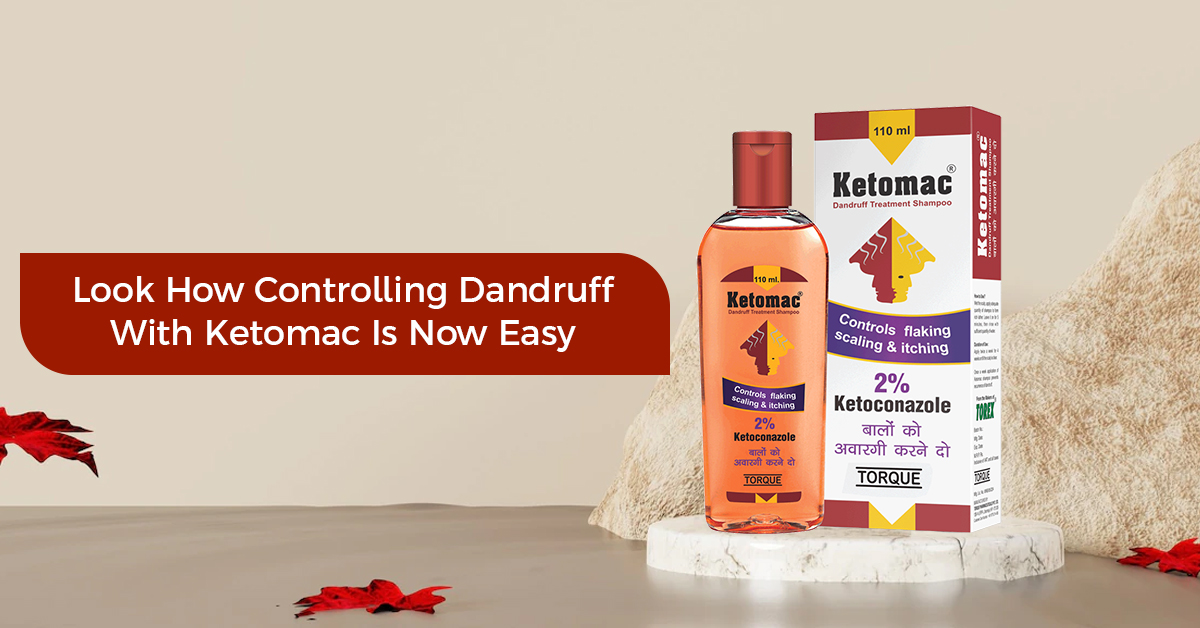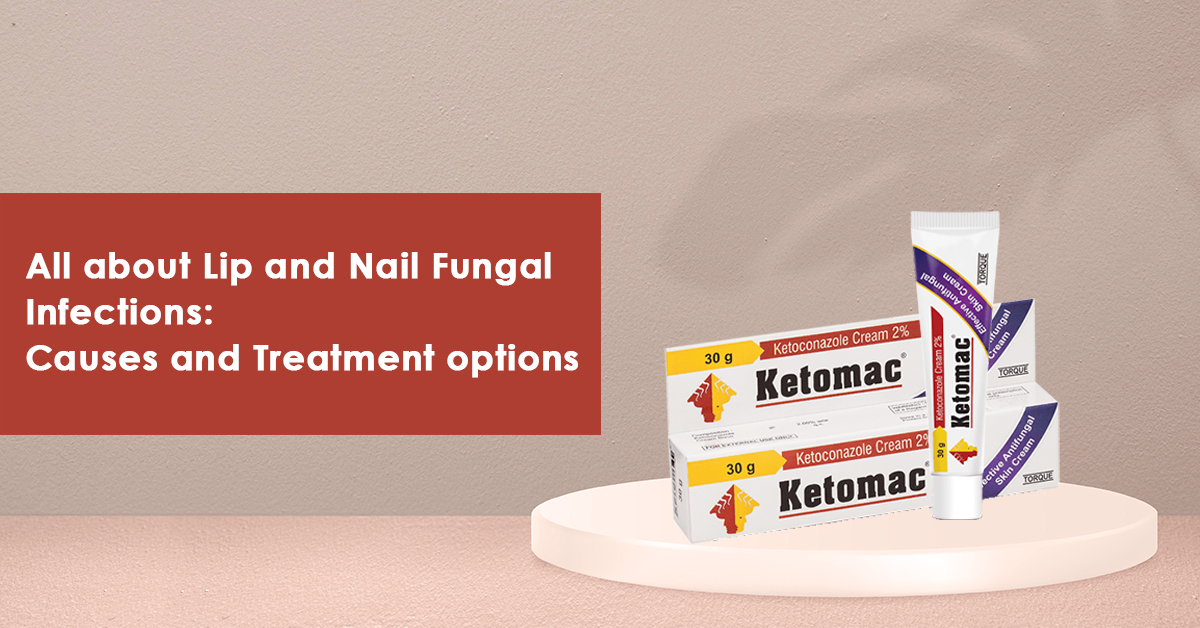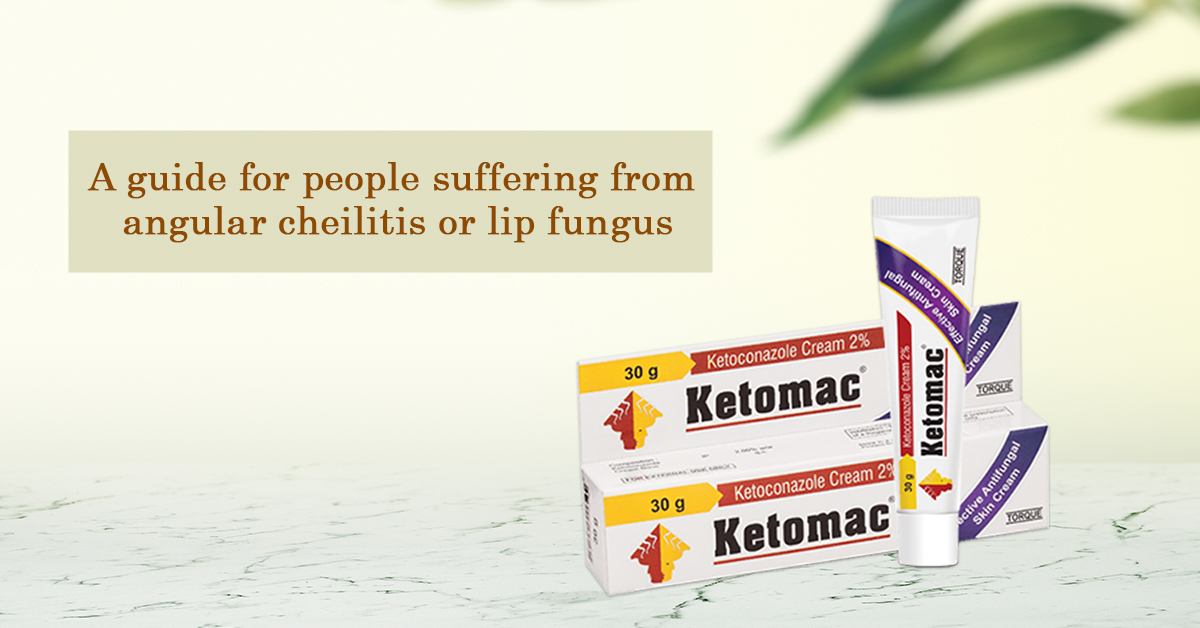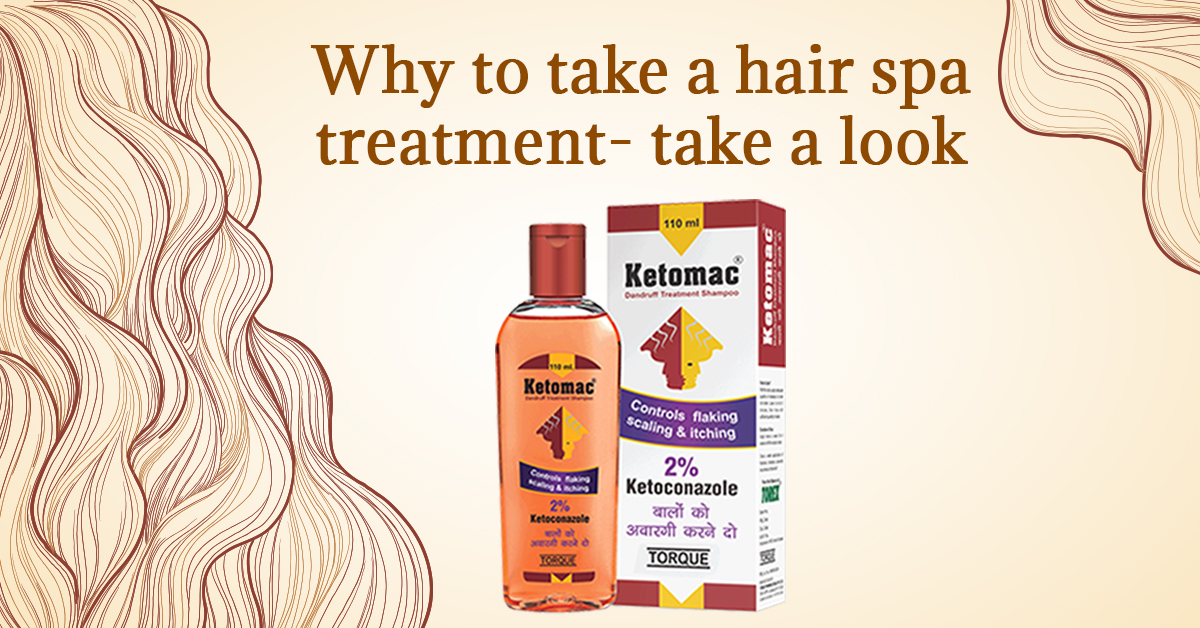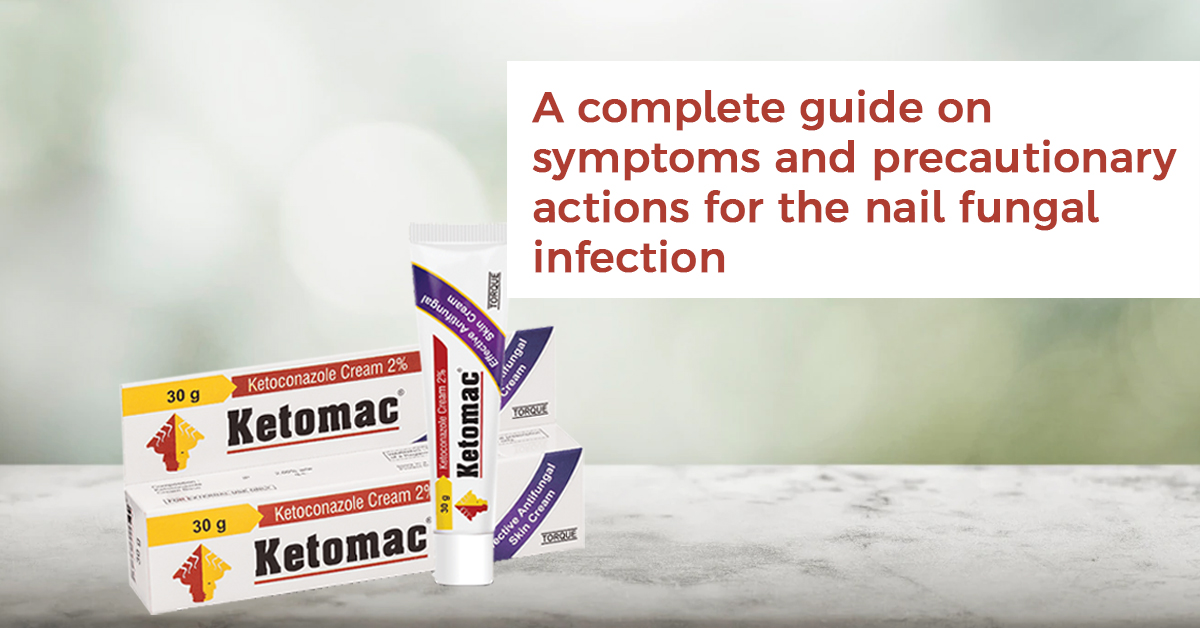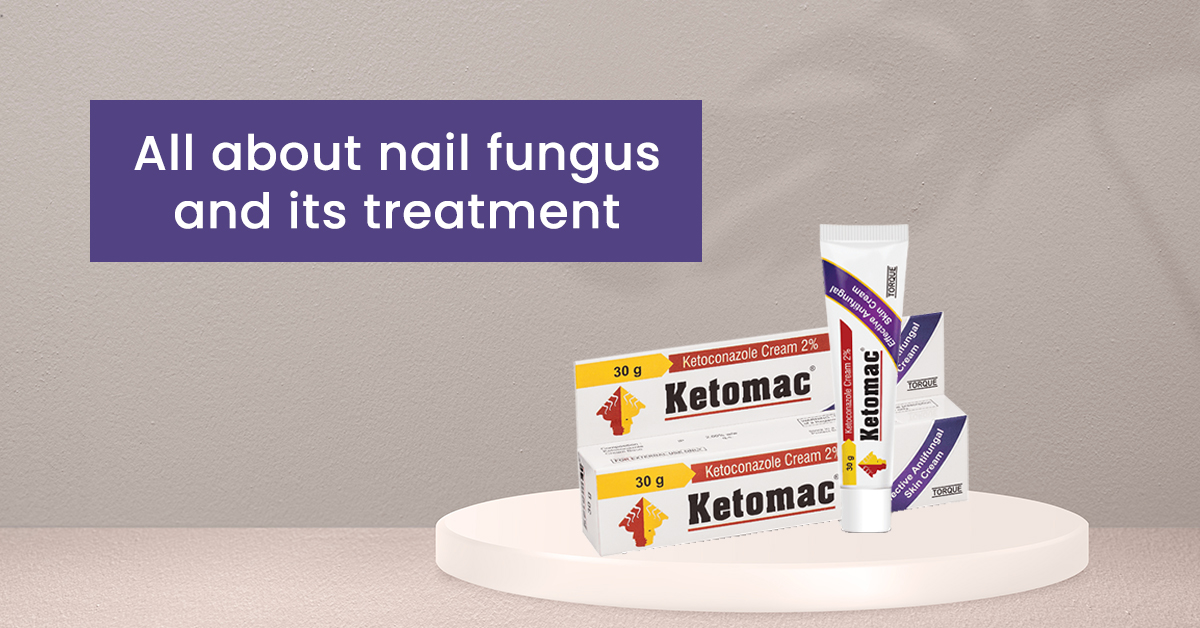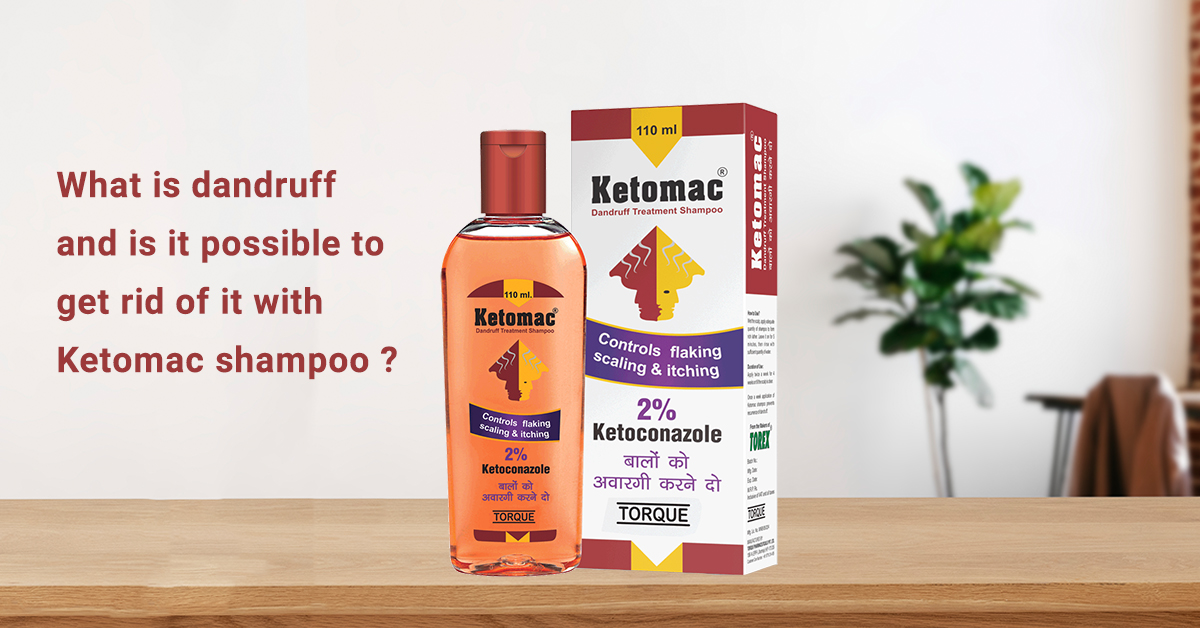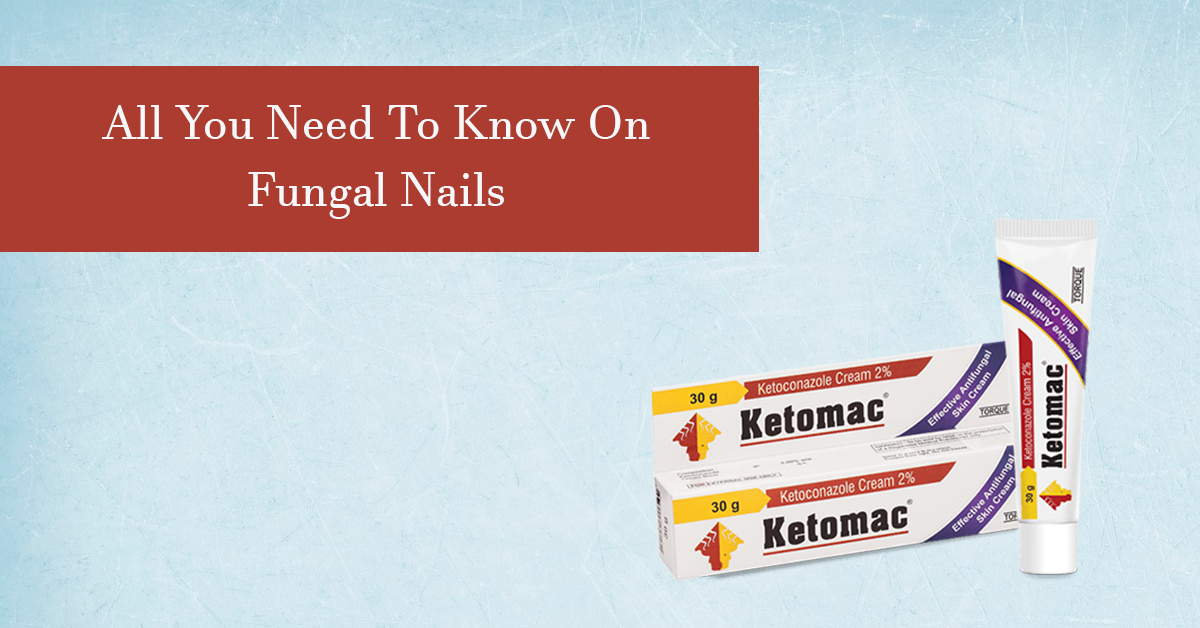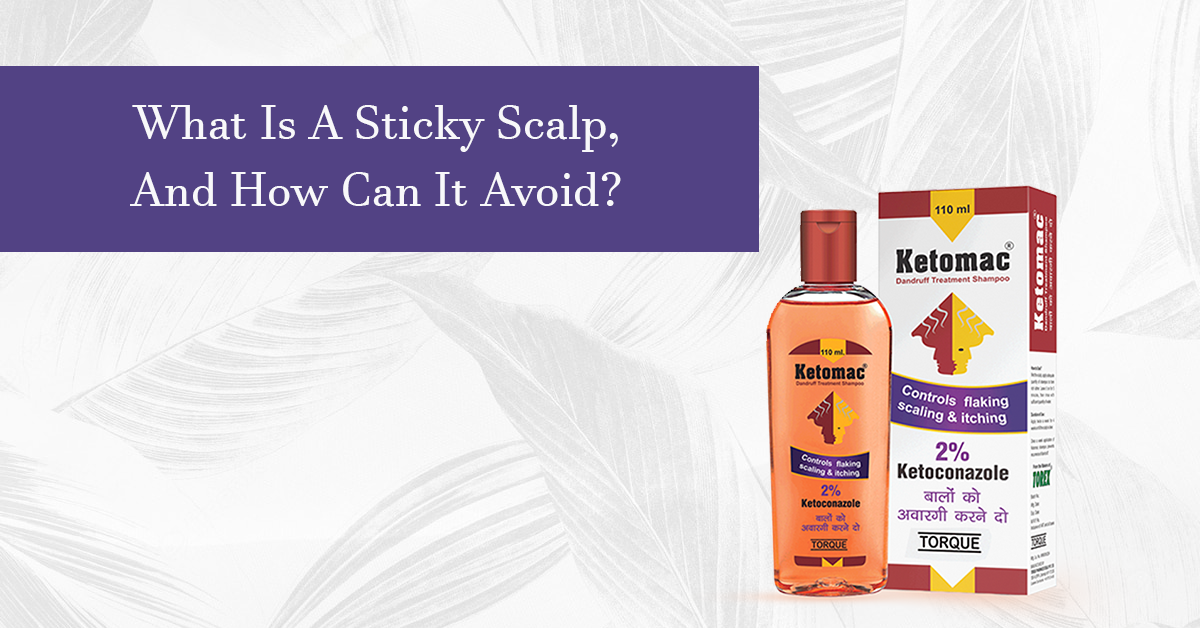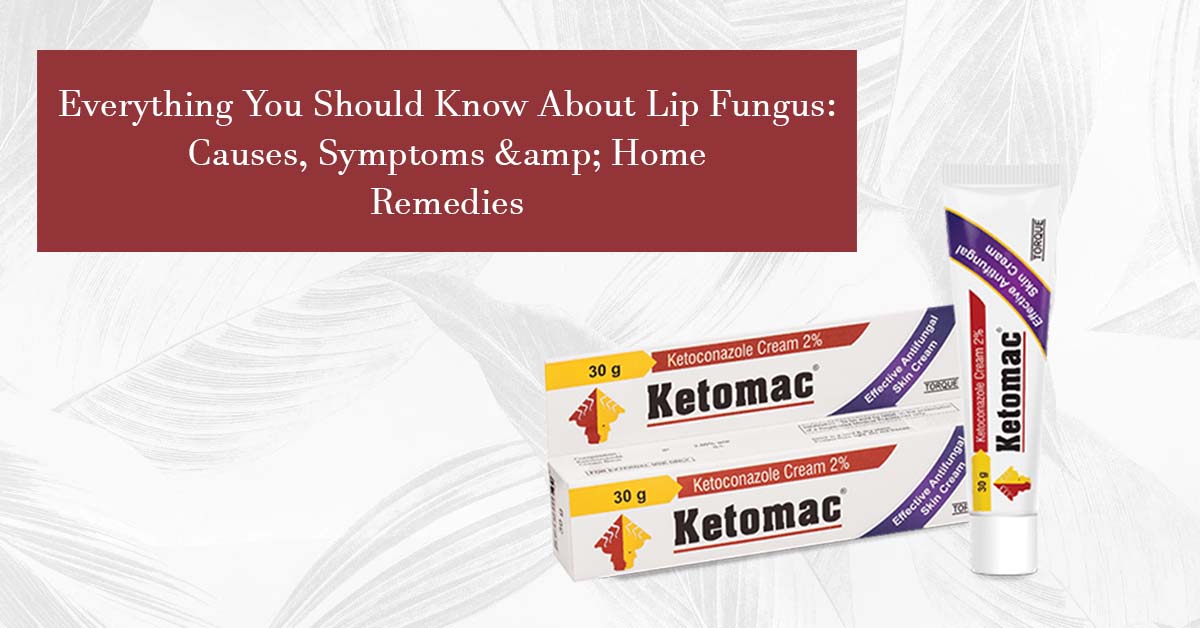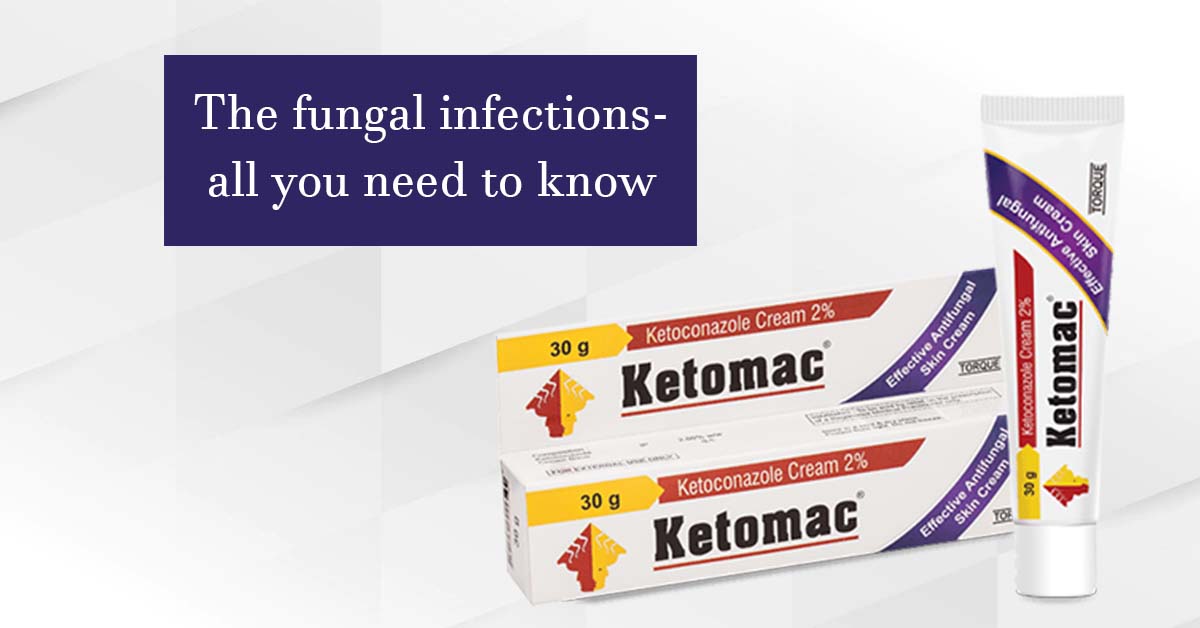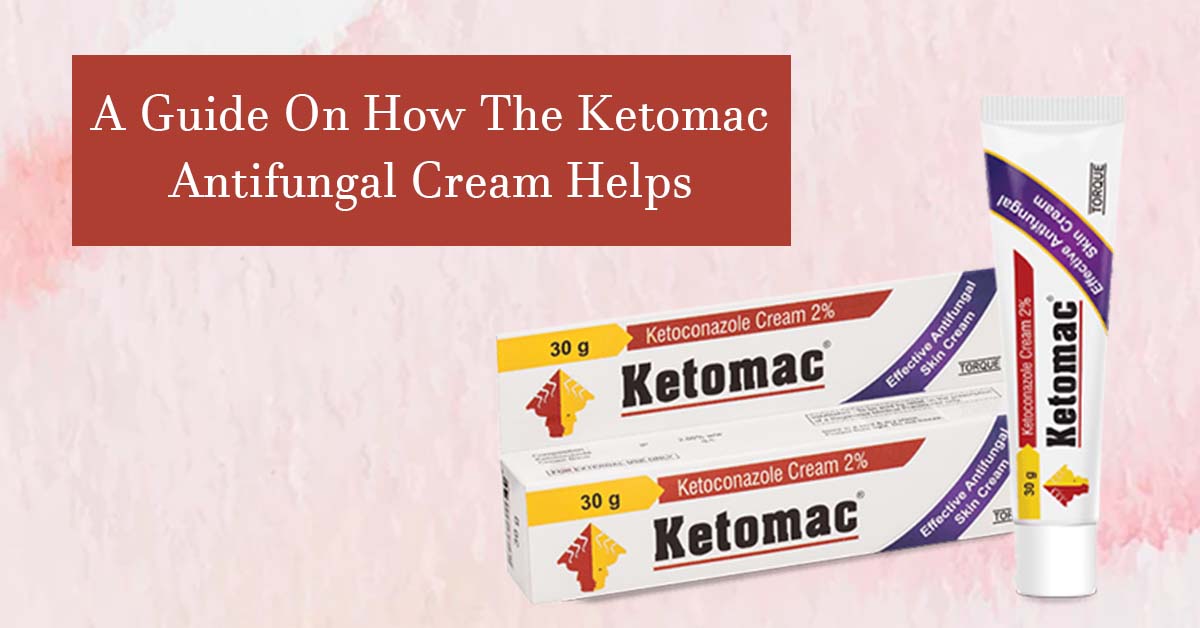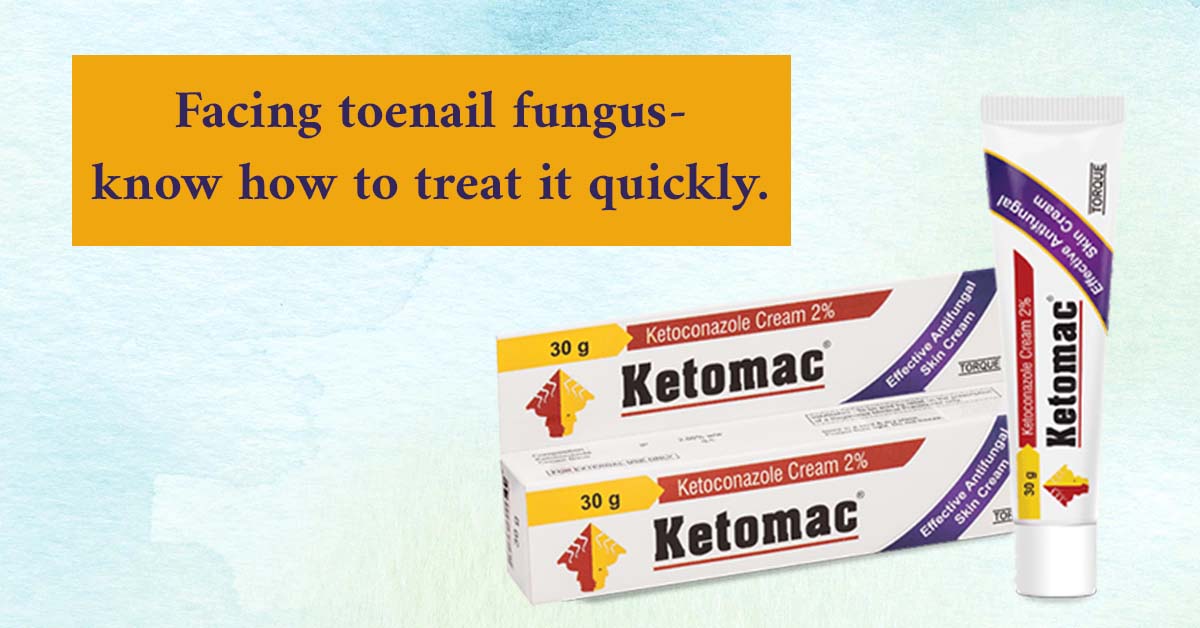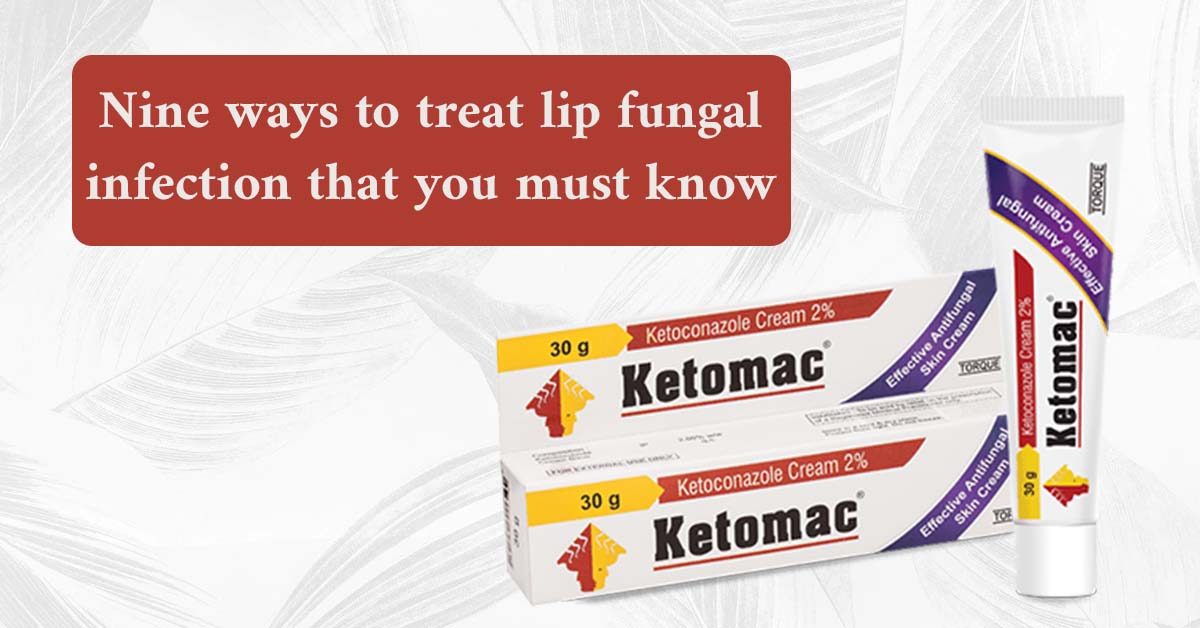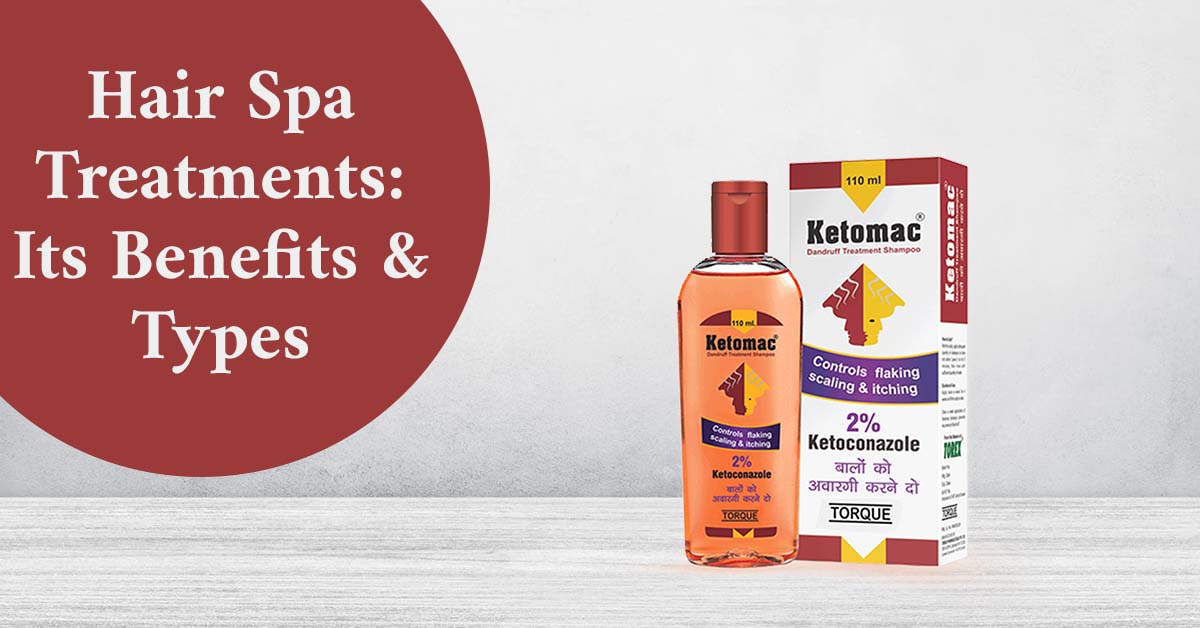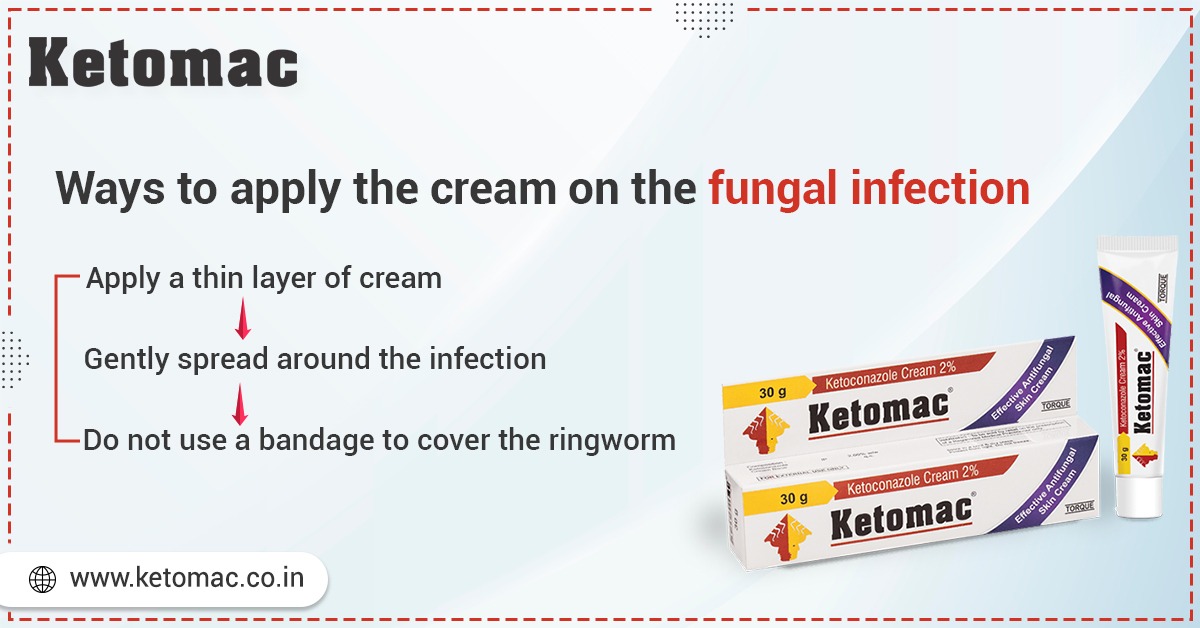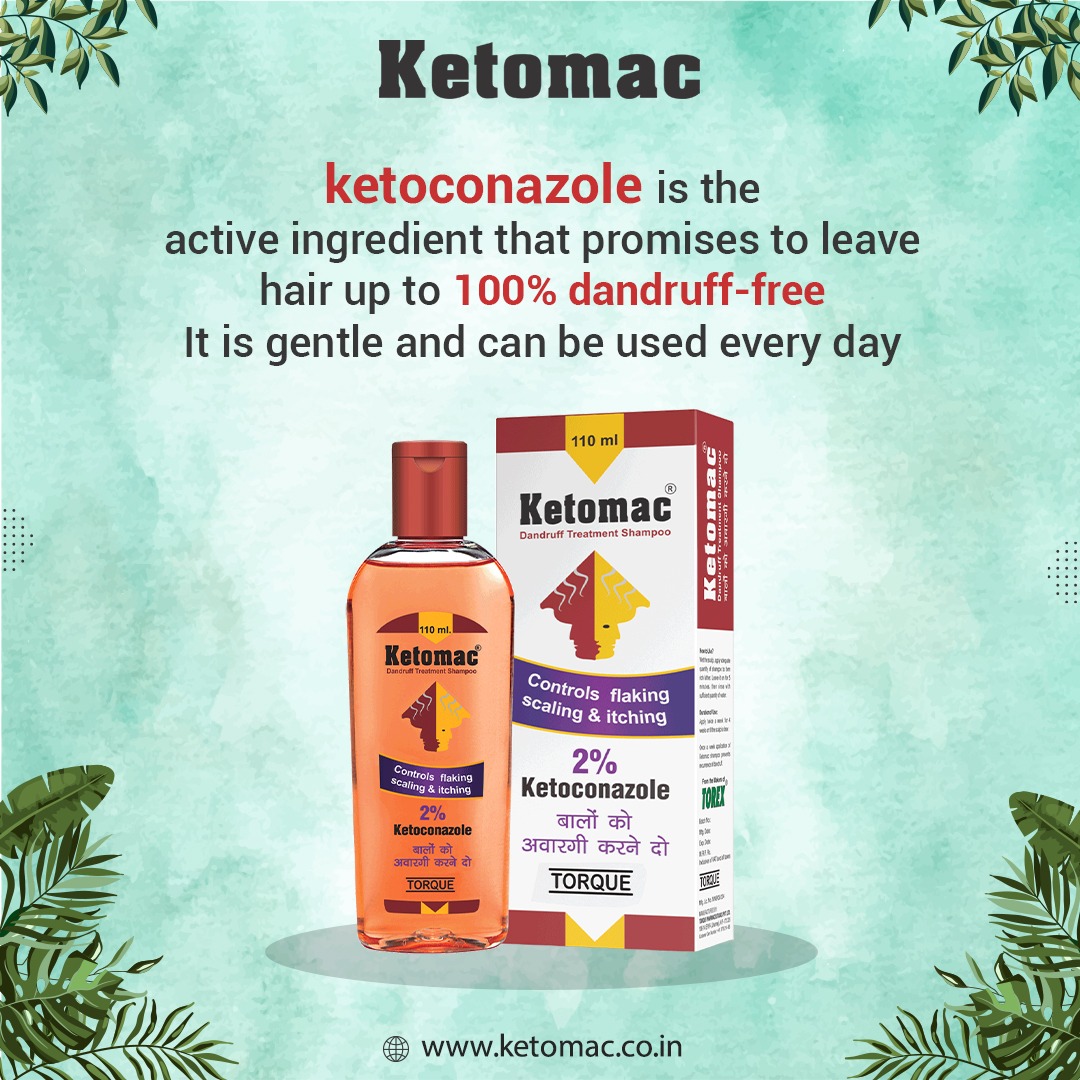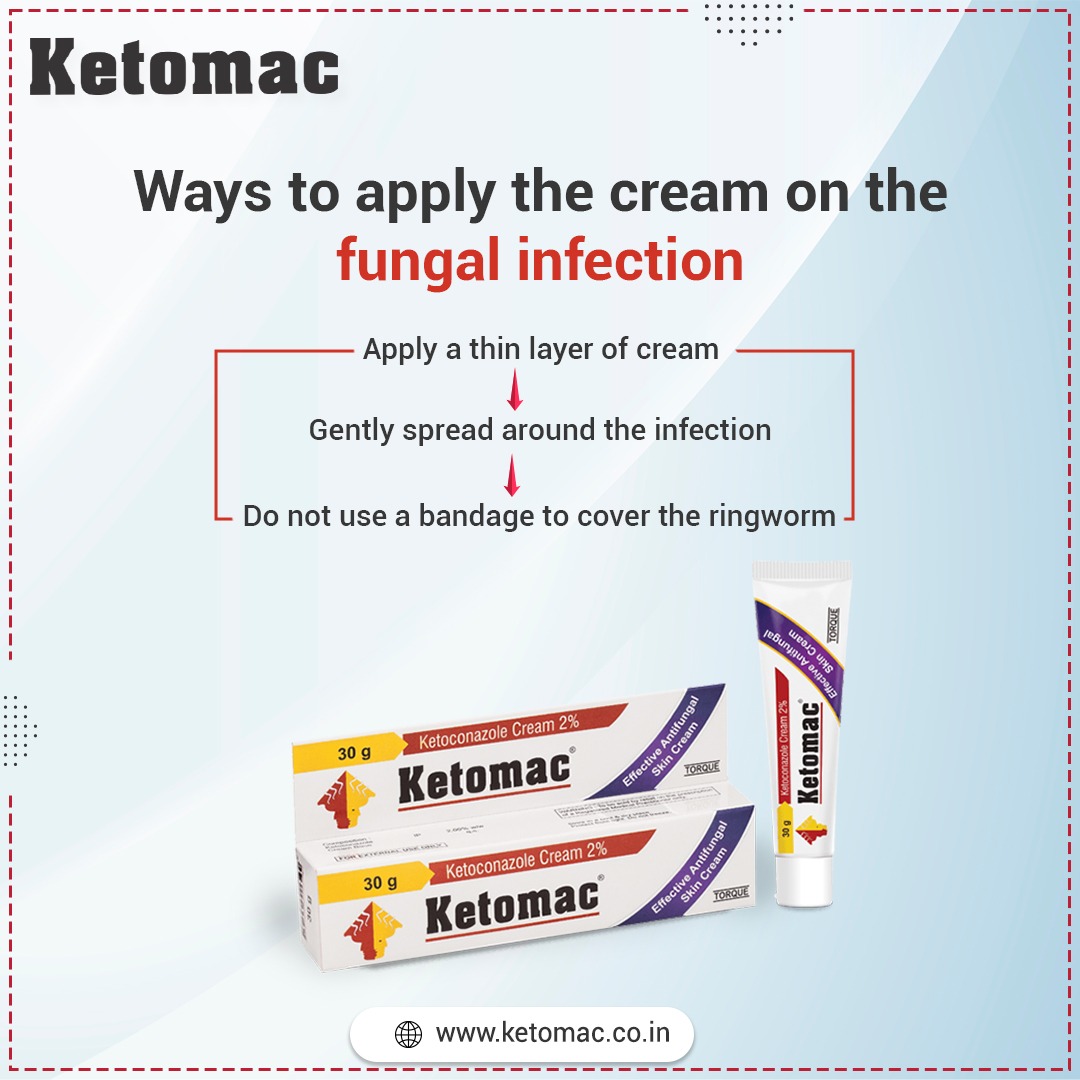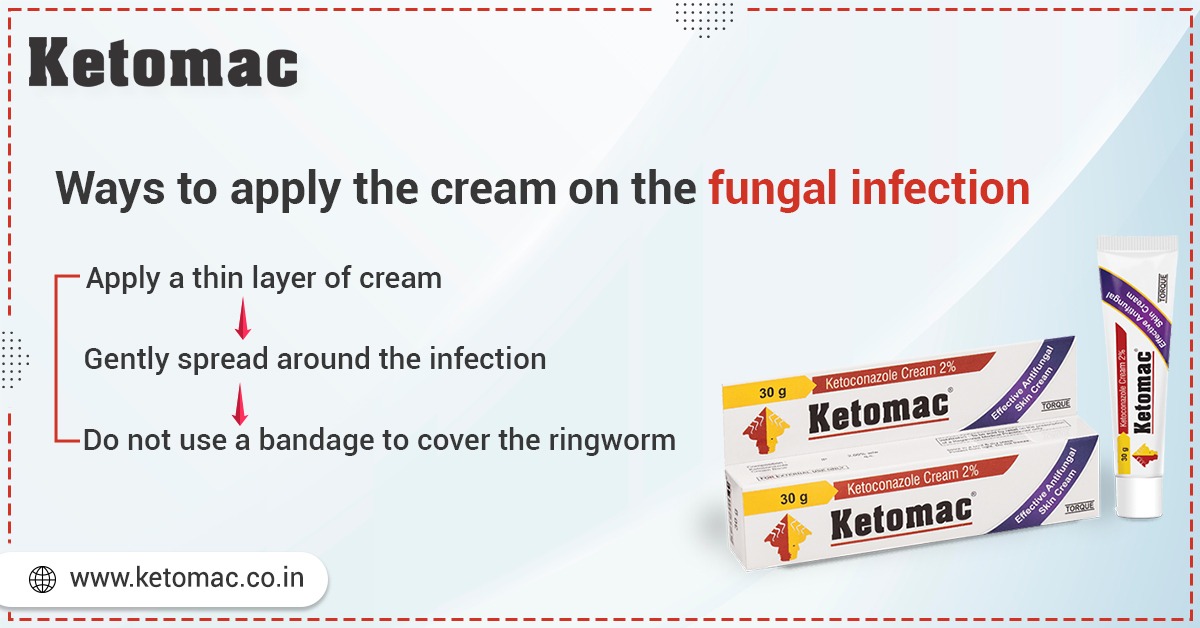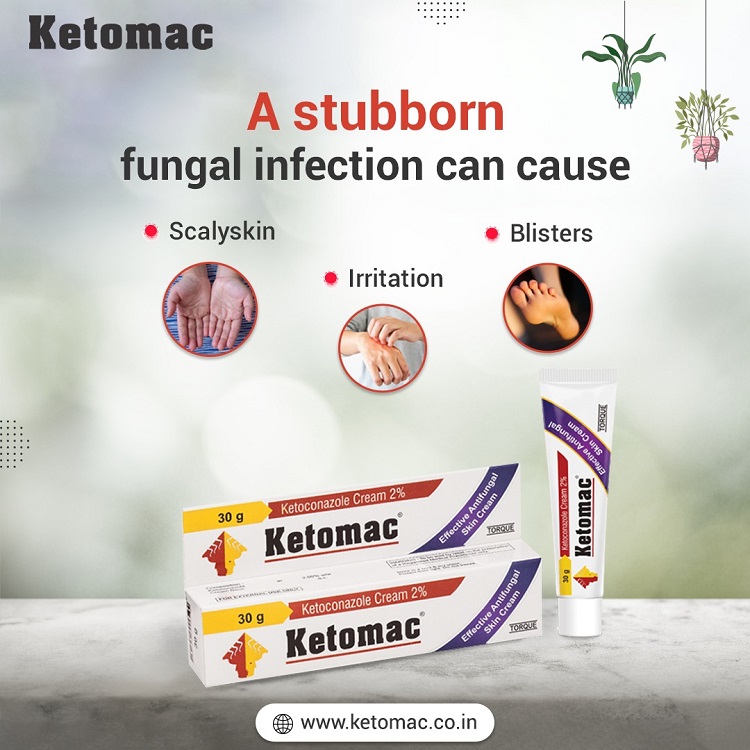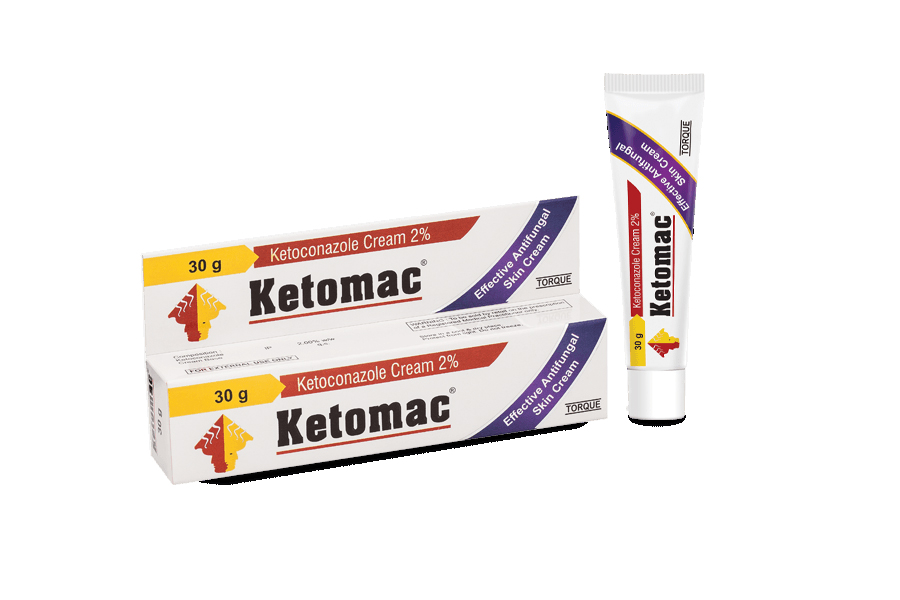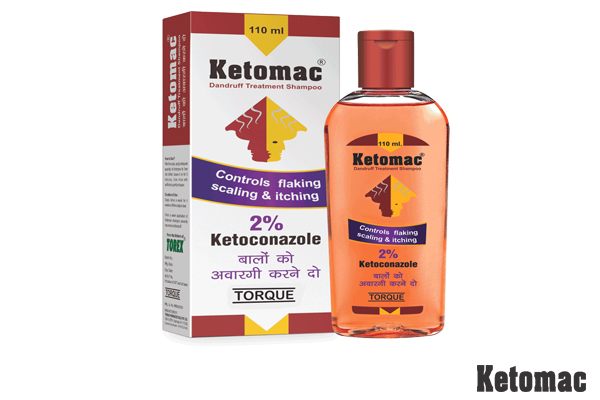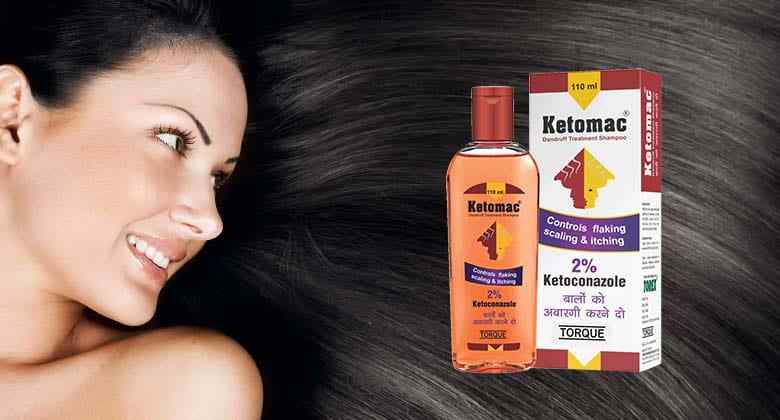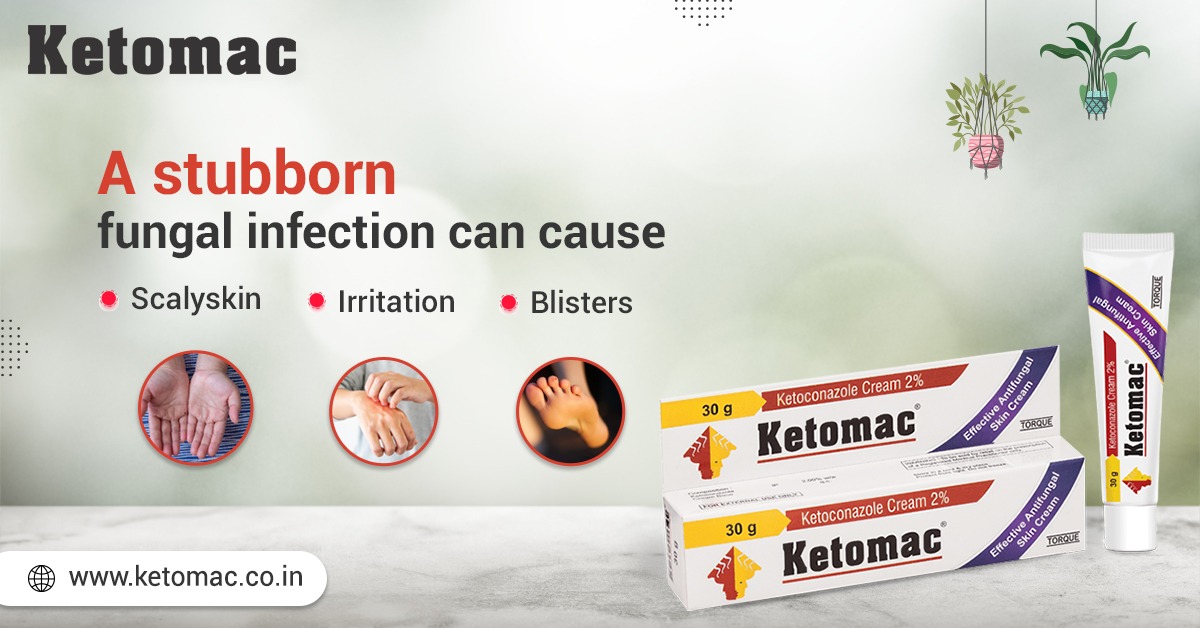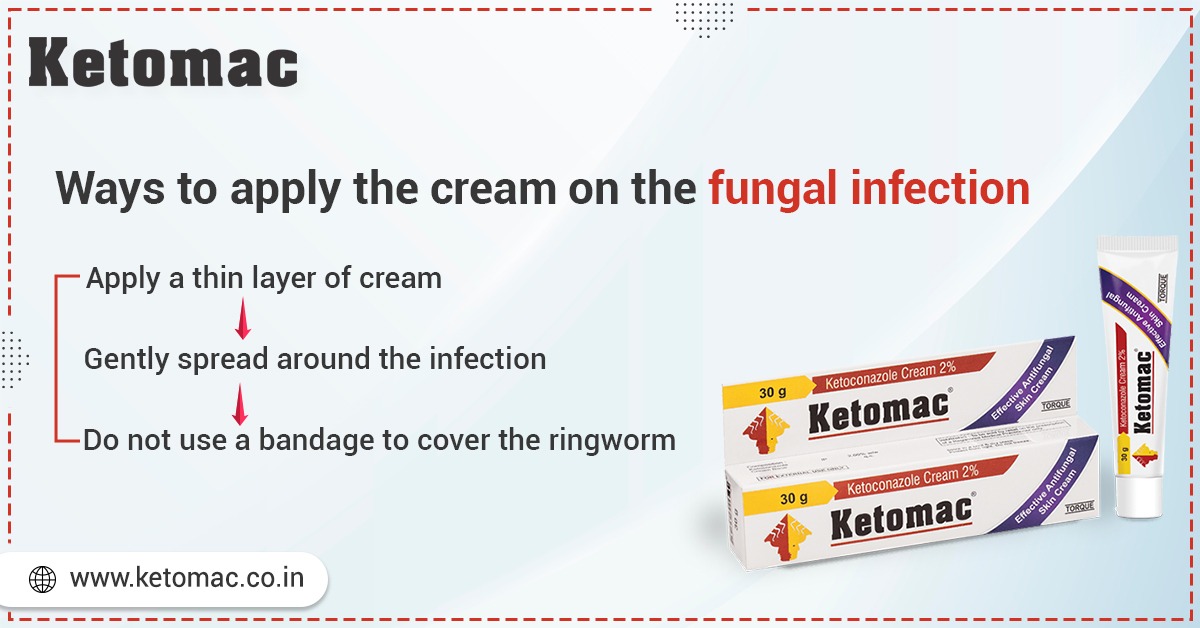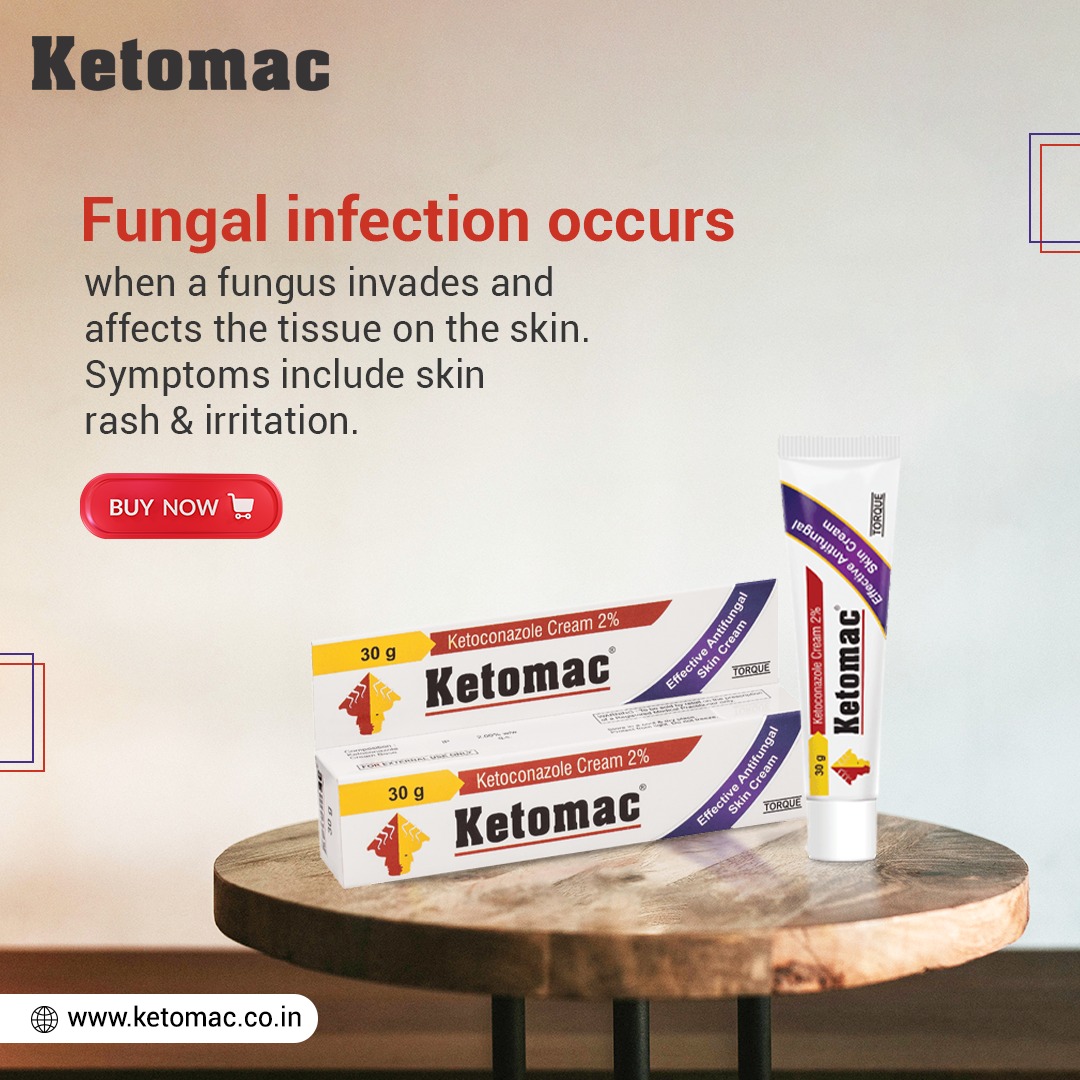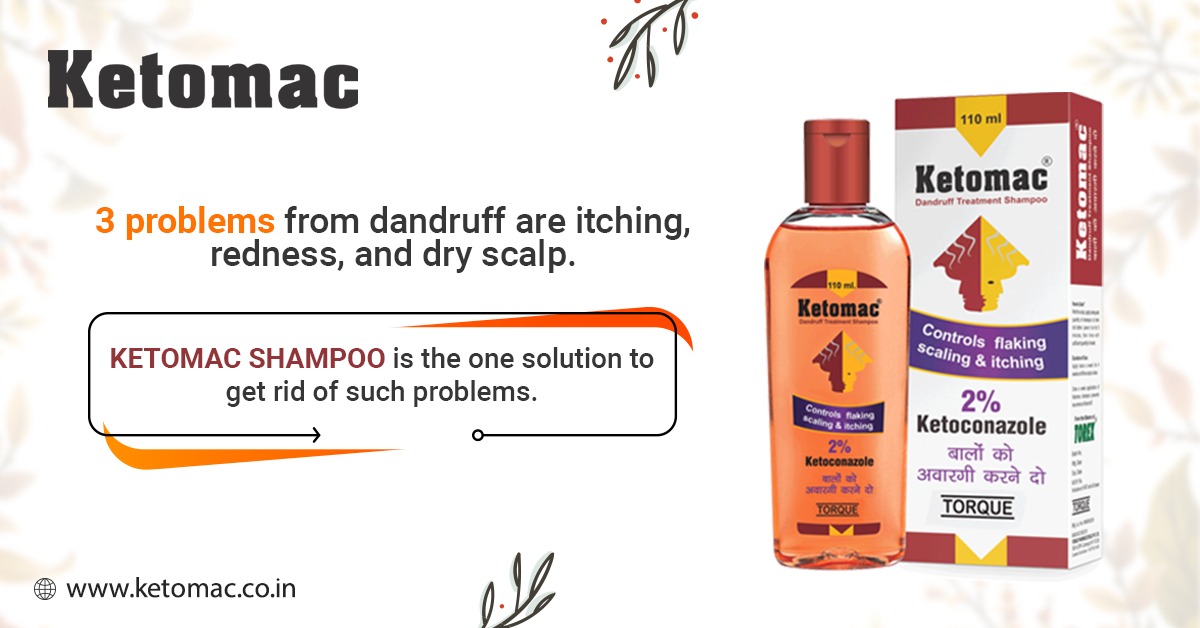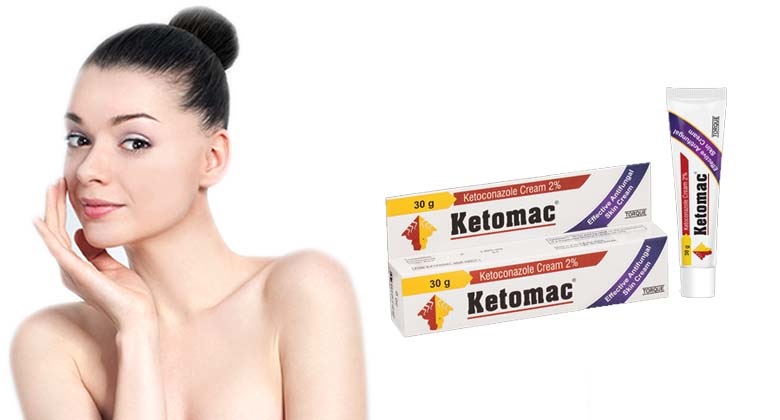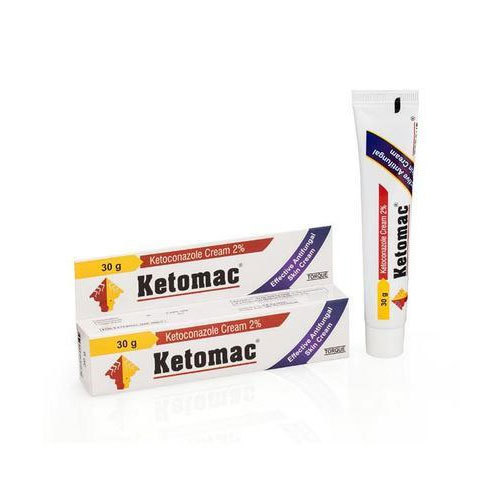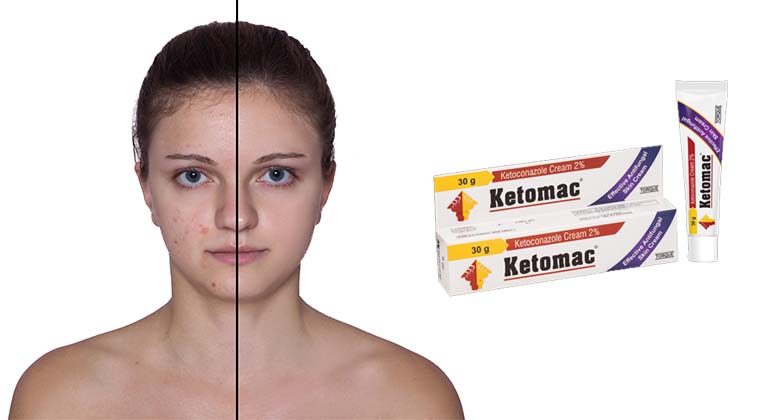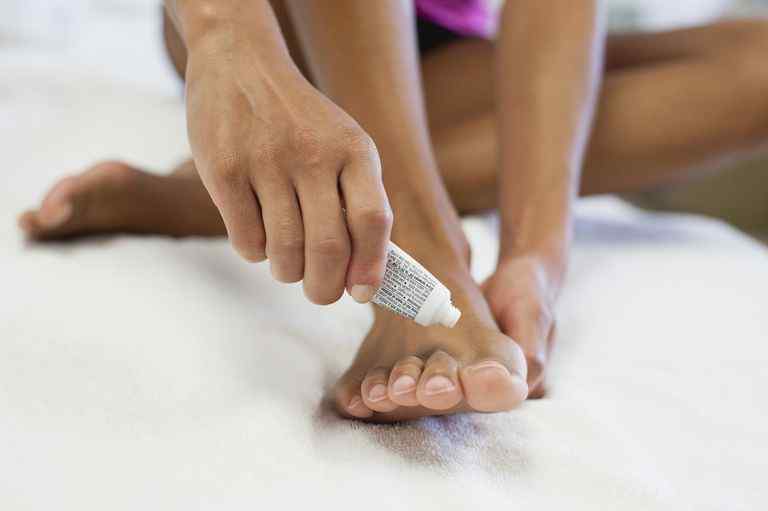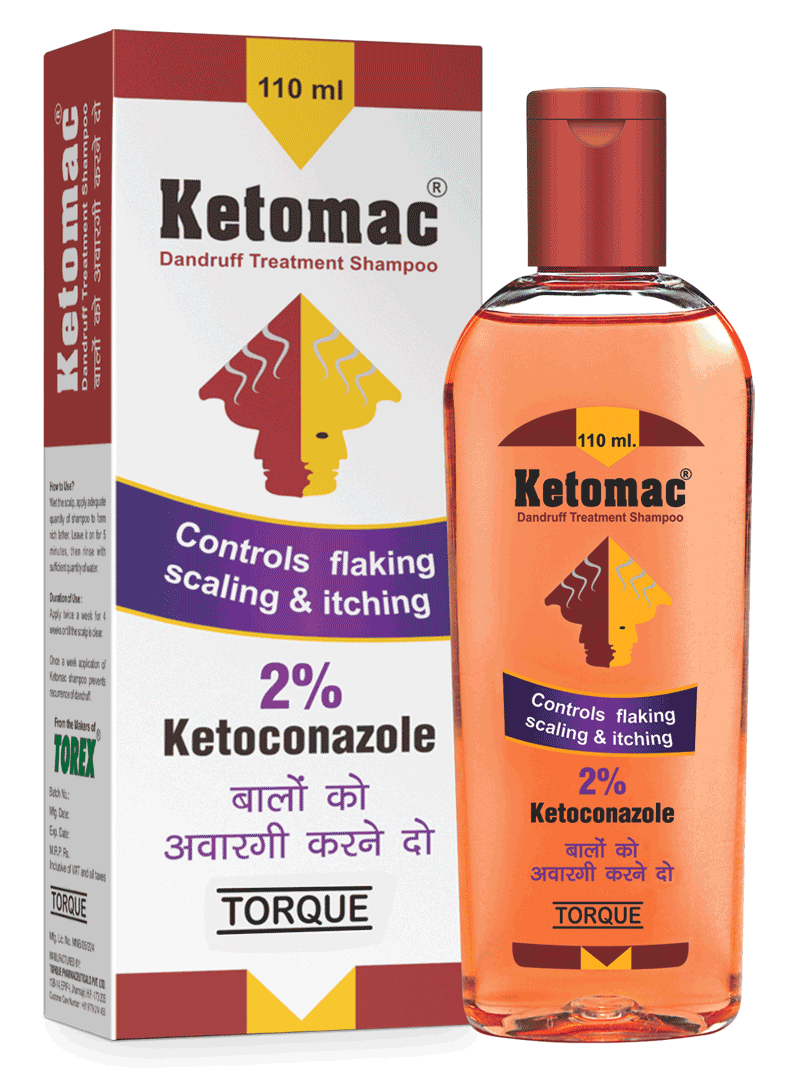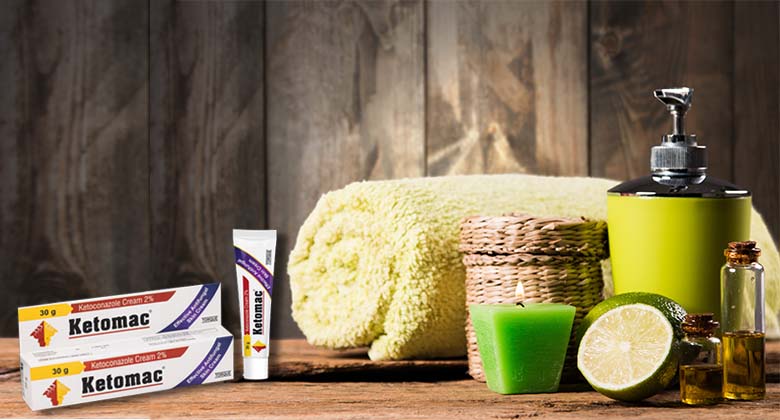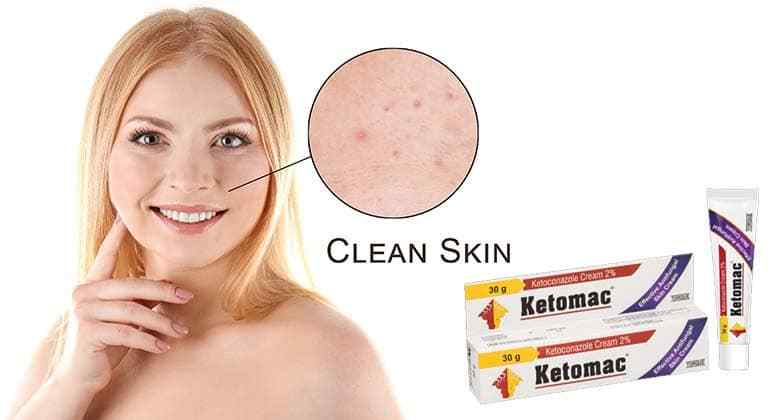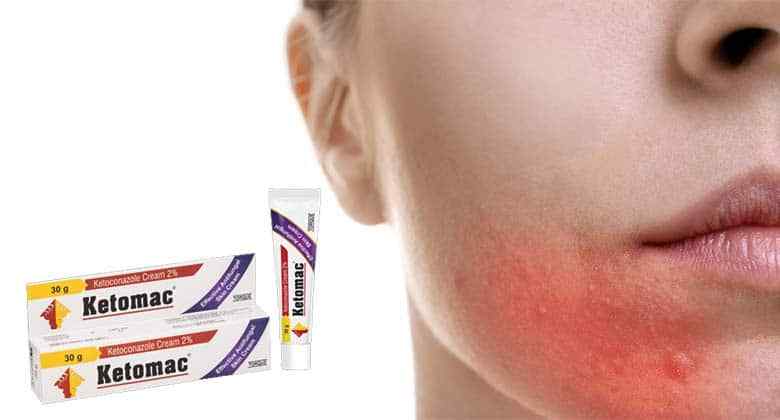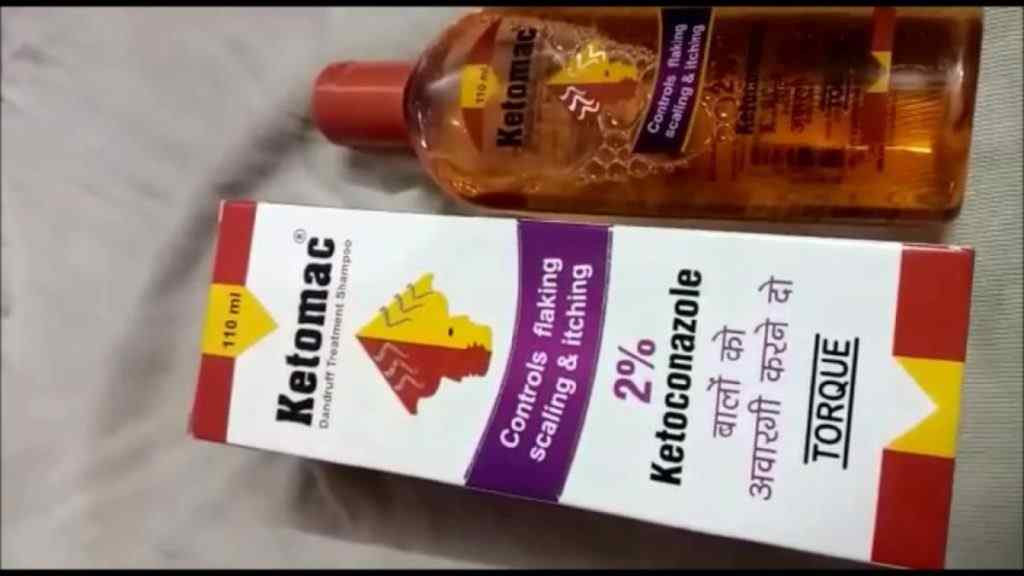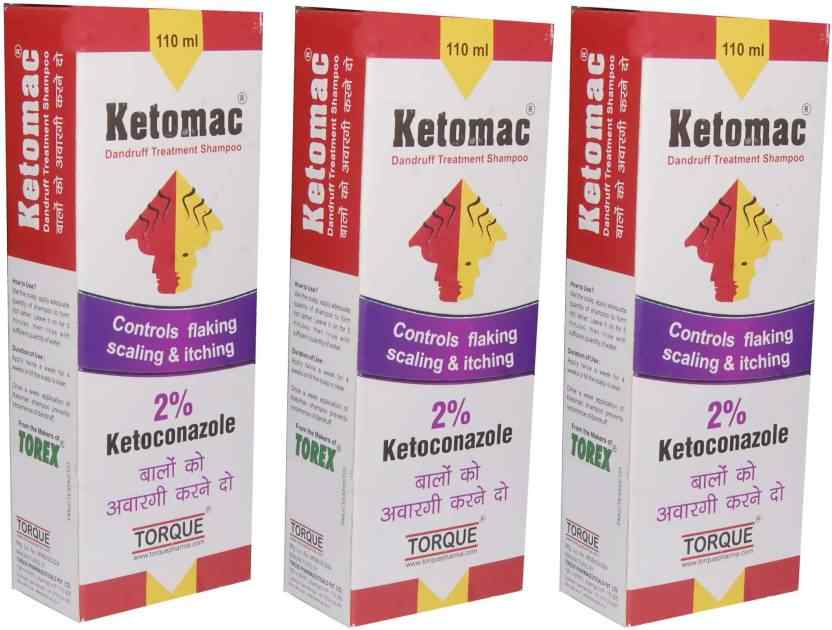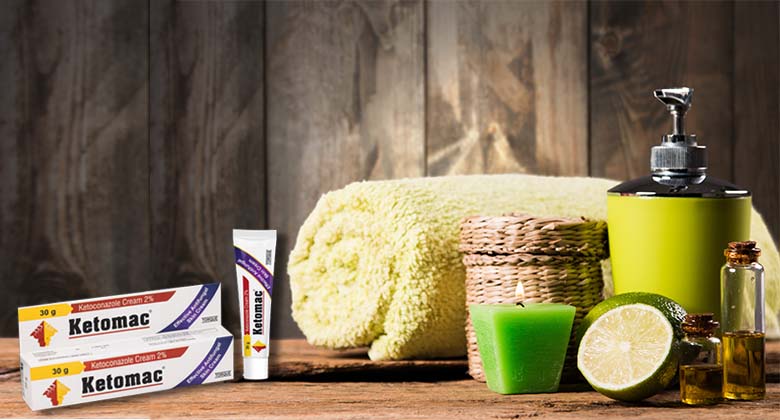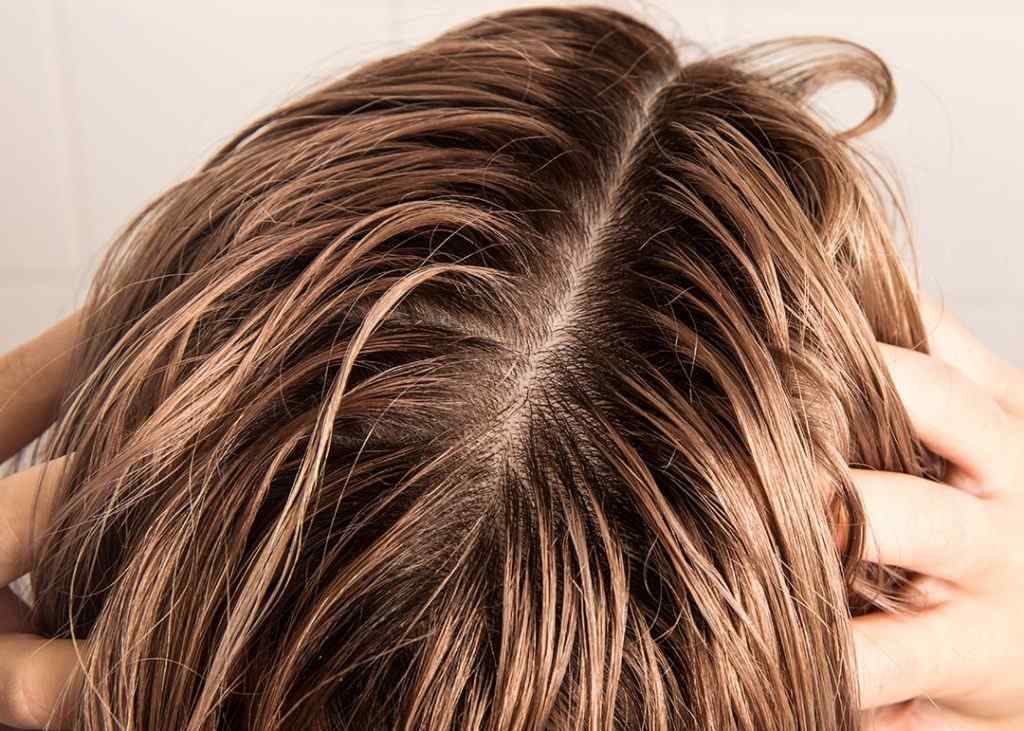Fungal infections are pretty common in humans. These infections occur when an attacking fungus takes over an area of the body and is too much for the immune system to deal with. Fungi can live in the soil, air, plants, and water, and some fungi naturally stay in the human body. Fungi can be of two types- helpful and harmful. When harmful fungi attack the body, they can be hard to kill, as they can stay alive in the environment and re-contaminate the person trying to get better. This blog discusses the benefits of using ketoconazole antifungal cream.
Causes of Fungal infection
- Conventional medication, such as antibiotics, can make you more vulnerable to a fungal skin infection. This is because some antibiotics attack the friendly bacteria in your gut, which is accountable for regulating the population of candida yeast. Oral Contraceptive Pill can also contribute to the growth of the candida yeast.
- Obesity can make us susceptible to infections in a range of different ways. If you are obese, you are likely to sweat more, particularly in the creases of your skin, offering a rich feeding ground for bacterial and fungal spores. Obesity can also be associated with poor nutrition, another cause of fungal infections.
- Nutrition can impact your susceptibility to fungal infections and the severity of your symptoms after contracting the skin illness. Suppose you want to take preventative steps or decrease your symptoms towards avoiding fungal infections overall. In that case, it will be vital that you cut down your ingestion of trigger foods and focus on food products that encourage the growth of friendly bacteria.
- Pre-existing health conditions, such as diabetes, stress, hyperthyroidism, or even a vulnerability to other skin conditions, such as eczema, can make you more prone to contracting fungal infections.
These are some of the common causes of fungal infection.
Common symptoms of fungal infection
The common symptoms of fungal infection will be based on the type, but usually, the following symptoms can be observed such as:
- Itching
- Skin changes to red, and at times, it may appear peeling or cracking
Preventive measures
- If you have the habit of using the swimming pool at the gym, or if you like to shower after splashing in the ocean, you are more susceptible to athlete’s foot, a fungal infection that causes itchiness and redness, and cracked skin between the toes. The best way to avoid this is by wearing flip-flops when using public-shower facilities and ensuring dry areas between your toes.
- If you wear shoes that are closed to work or work out a lot, you may be prone to sweaty socks, which create the perfect environment for an athlete’s foot. This can be avoided by letting your feet breathe, and you can wear open-toed shoes or stay barefoot. Also, you can put on dry, clean socks or remove sweaty gym socks as soon as possible.
- Wear loose-fitting underwear and, at all times, change your underwear after every exercise class or gym session. Ideally, you should stick to cotton underwear as synthetic materials can cause more sweating and increase the chance of jock itch.
- Always take a chance of dry clothes to the pool or beach and change right away after bathing. This is because sitting around in wet swimwear can encourage the growth of fungal infections.
Home Remedies for fungal infection
Any person can get a fungal infection, and in today’s active lifestyle, they are pretty standard. Some easy home remedies can wipe out the fungi causing the infection and decrease the intensity of the symptoms.
- Plain, unsweetened yoghurt can help to treat fungal infections. The probiotics present in plain yoghurt can keep the growth of fungi in check. Besides applying yoghurt to the affected areas externally, you can also include yoghurt in your daily diet, which will help keep the infection at bay.
- Apple cider vinegar is also ideal for treating fungal infections. Because of its antimicrobial properties, apple cider vinegar assists destroy the fungus causing the contamination. Moreover, its gentle acidic nature assists stop the infection from spreading and endorses speedy recovery.
- Tea tree oil has natural antifungal elements that help kill the fungi that cause fungal infections. Also, its antiseptic qualities prevent the spread of the infection to other parts of the body.
- Garlic has helpful antibiotics, antifungal, and antibacterial agents and is very effective for fungal infections.
- Oregano oil includes antifungal properties that fight the fungi liable for fungal infections. Also, its antimicrobial property can be effective in preventing fungal infections.
- Coconut oil works as an efficient cure for any fungal infection because of medium-chain fatty acids. Coconut oil works as a natural fungicide to destroy the fungi accountable for the infection.
- Turmeric is a renowned natural antibiotic, antiseptic, and antifungal agent. Its healing properties assist in quick recovery and stop the infection from recurring.
- The tannins in tea can help kill the fungi liable for fungal infections. Additionally, tea has astringent and antibiotic properties that help eliminate the symptoms of a fungal infection, such as skin irritation, swelling, and burning sensation.
These home remedies can help cure fungal infections and prevent them from coming back.
Apart from this, Ketomac Cream can be used to prevent fungal infection. This is well-known antifungal cream ketoconazole that kills fungi and yeasts by interfering with their cell membranes. This ketoconazole cream antifungal prevents the fungus from growing on the skin. This cream can treat jock itch, ringworm, athlete’s foot, dry flaking skin, etc.
To apply Ketomac Cream, clean and thoroughly dry the area to be treated. Use the cream once or twice a day continuously for a month to get the best results.



